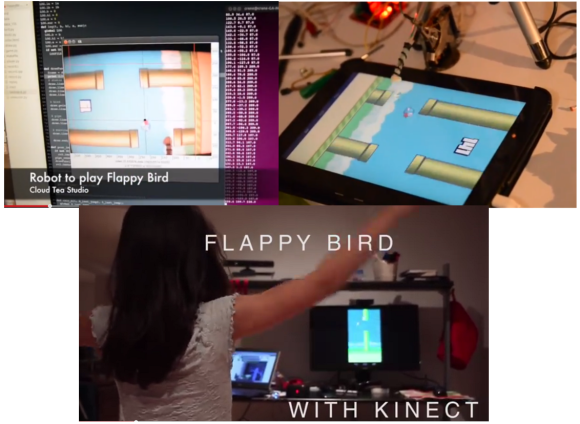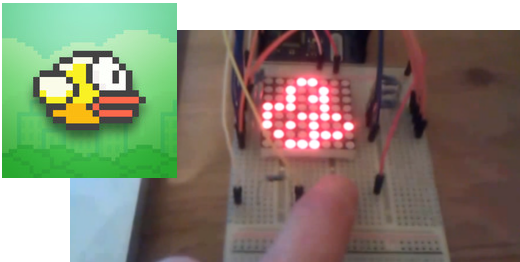
Say you’re meeting someone new, and instead of communicating like a normal person that wasn’t born in a barn, they play with their phone the entire time. How about a cashier or sales person who is so insufferably distracted with the Facebooks you’d guess they had a side job in the QA department of some developer? All these things will soon be a distant, horrible memory, because now you can play Flappy Bird on Google Glass.
[Rich] has had his Glass for a while now, and has been meaning to write an app for it. It took a little bit of inspiration, but when the idea of using the eye sensor to control everyone’s favorite 8-bit bird, everything fell into place. It ended up being an interesting use for the Glass, and something we actually wouldn’t mind trying out.
The bird is controlled by a double blink. In the video below, you can see there might be a little bit of latency depending on how [Rich] put the video together. Better grab that .APK while there’s still time. [Rich] says it’s a free download for anyone who’s already overpaid for a Google Glass.
Continue reading “The Future Of Distraction, Right In Front Of Your Face”














